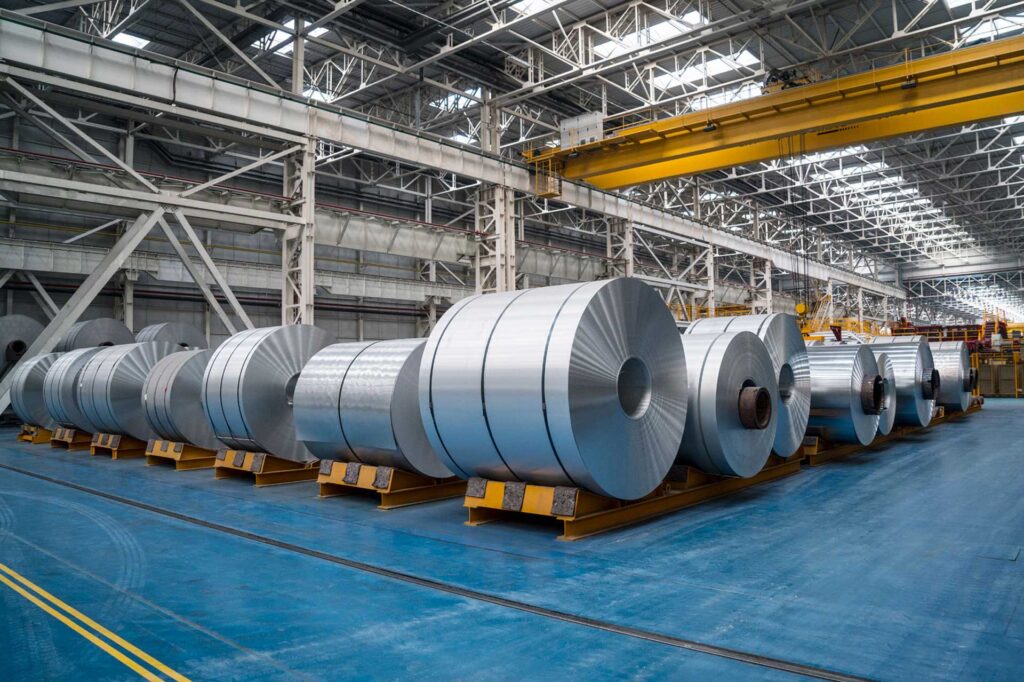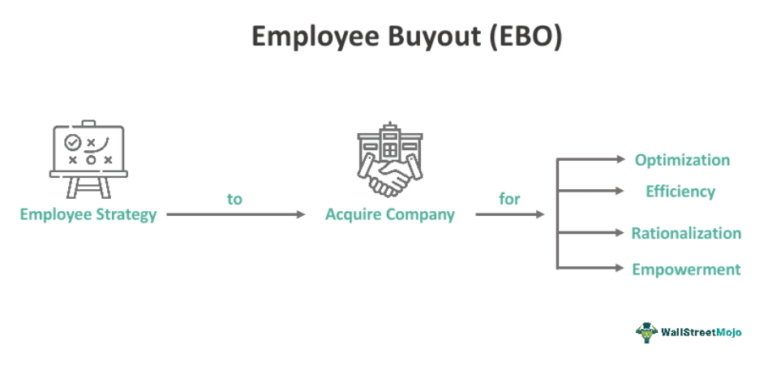
Audience
- Sentiment: Neutral
- Political Group: Republican
- Age Group: 30-50
- Gender: Male
Overview
- Trump imposed a 25% import tax on steel and aluminum to protect local manufacturers.
- Tariffs sparked debates about their impact on jobs and international relationships.
- The implications of these tariffs include potential job losses in related industries and strained trade relations.
Understanding the Impact of Trump’s Tariffs on Steel and Aluminum
In March 2018, President Donald Trump sent shockwaves throughout the United States and beyond with his announcement to impose a 25% import tax on steel and aluminum coming into the country. This decision was not just a business move; it was a significant moment in the ongoing dialogue about trade, jobs, and international relations. To fully appreciate this action’s implications, we need to delve deeper into what tariffs are, why the president imposed them, and how they affect not only the economy but also friendships between nations.
What Are Tariffs?
To start, let’s break down what tariffs mean. A tariff is essentially a tax that a government imposes on goods that are imported from other countries. So, when a country wants to sell steel or aluminum to the U.S., they have to pay an extra percentage of the cost to the U.S. government. In Trump’s case, he decided to charge 25%. This can make foreign products more expensive for American companies and consumers. The idea behind tariffs is to “protect” local businesses. By making imported goods pricier, U.S. companies can compete better against foreign manufacturers.
Why Did Trump Impose These Tariffs?
Trump’s decision was partly a response to what he described as unfair trade practices. He claimed that countries like China and Canada had been placing tariffs on U.S. products, hurting American manufacturers. His strategy was simple: “If they charge us, we charge them.” By imposing these tariffs, he aimed to encourage Americans to buy more locally-made steel and aluminum, thus boosting the U.S. economy.
This approach, however, sparked heated debates about whether it would really work. Many critics pointed out that while it might protect some American jobs, it could also harm others. They argued that the hidden costs could outweigh the benefits. For instance, American car manufacturers often rely on steel and aluminum for their vehicles, and raising prices could mean higher costs for production, potentially leading to job losses in those sectors.
The Broader Impact on Trade
Let’s focus on Canada, one of the largest exporters of steel and aluminum to the U.S. Canada and the U.S. have long enjoyed a close trading relationship. The move to impose tariffs has raised concerns about job security for countless workers on both sides of the border. Ontario’s Premier Doug Ford expressed worries about the interconnected economies, emphasizing that thousands of jobs depend on this relationship.
Furthermore, the steel and aluminum tariffs reignited tensions not just with Canada but also with Mexico and the nations in the European Union (EU). When trade relations become strained, it’s like throwing a rock in a pond; the ripples can spread far and wide. Countries often respond to tariffs with their own, leading to a trade war. By creating barriers to free trade, nations risk damaging relationships that have taken years to build.
The Ramifications of Tariffs on Stock Markets and Investors
The announcement about these tariffs immediately had a noticeable effect on the stock market. For example, major South Korean exporters saw their stock prices begin to tumble. Investors often react to such news rapidly, fearing the uncertainty that tariffs can bring. When investors are unsure about how tariffs will impact businesses, they may sell off shares in companies that could suffer as a result. At the same time, the prices of gold went up during this period. Why? Historically, gold is considered a “safe haven” for investors during times of uncertainty. It’s like a first aid kit for investments; when things get tricky, investors often flock to gold.
Jobs on the Line
Let’s talk about jobs. The steel and aluminum industries do provide a significant number of jobs. However, when we look at the bigger picture, it’s clear that tariffs do not affect just one sector. For example, the automotive industry relies heavily on steel and aluminum. If the price of these materials rises, companies might decide to cut costs elsewhere, which could mean job losses in plants across the U.S. and Canada.
Many workers in industries like beverage production, which requires aluminum for cans, might find themselves affected too. These businesses struggle to cope with increased costs, potentially leading to layoffs and production cuts. It’s easy to think of tariffs as a way to protect jobs, but sometimes they have the opposite effect.
Global Responses
On a worldwide scale, the EU had been watching these developments closely. They had yet to receive official notification about the tariffs but had already indicated that they would protect their economic interests. This showcases an interesting dynamic — when one nation makes a bold move in trade, others often feel compelled to respond, leading to a carefully choreographed dance of tariffs and counter-tariffs.
Countries may try to negotiate with the U.S. to mitigate the impact or to assert their positions by imposing their tariffs in retaliation. This ongoing back-and-forth can lead to a decrease in trade and a slowdown in the global economy, affecting everyone from factory workers in Michigan to farmers in Ontario.
The Bigger Picture
While on the surface it may seem that imposing tariffs is a straightforward way to encourage local production and protect American jobs, the reality is decidedly more complex. As these discussions evolve, it’s crucial to remember that economies are interconnected. The actions of one country can have a domino effect on others.
Trump’s administration believed that these tariffs would bolster the U.S. economy, but there were warnings from various economic analysts that such measures might lead to negative consequences for both the U.S. and global markets. In the end, is it worth risking important trade relationships for short-term gains?
Conclusion
In the end, President Trump’s decision to impose tariffs on steel and aluminum was a reflection of a broader discussion on international trade, national pride, and economic strategy. It’s a fascinating yet complicated matter that not only affects industries but also workers’ lives, international politics, and global economies.
What are your thoughts on tariffs? Do you believe they can genuinely protect American jobs, or do you think they could cause more harm than good? I’d love to hear your opinions! Share your thoughts in the comments below!





